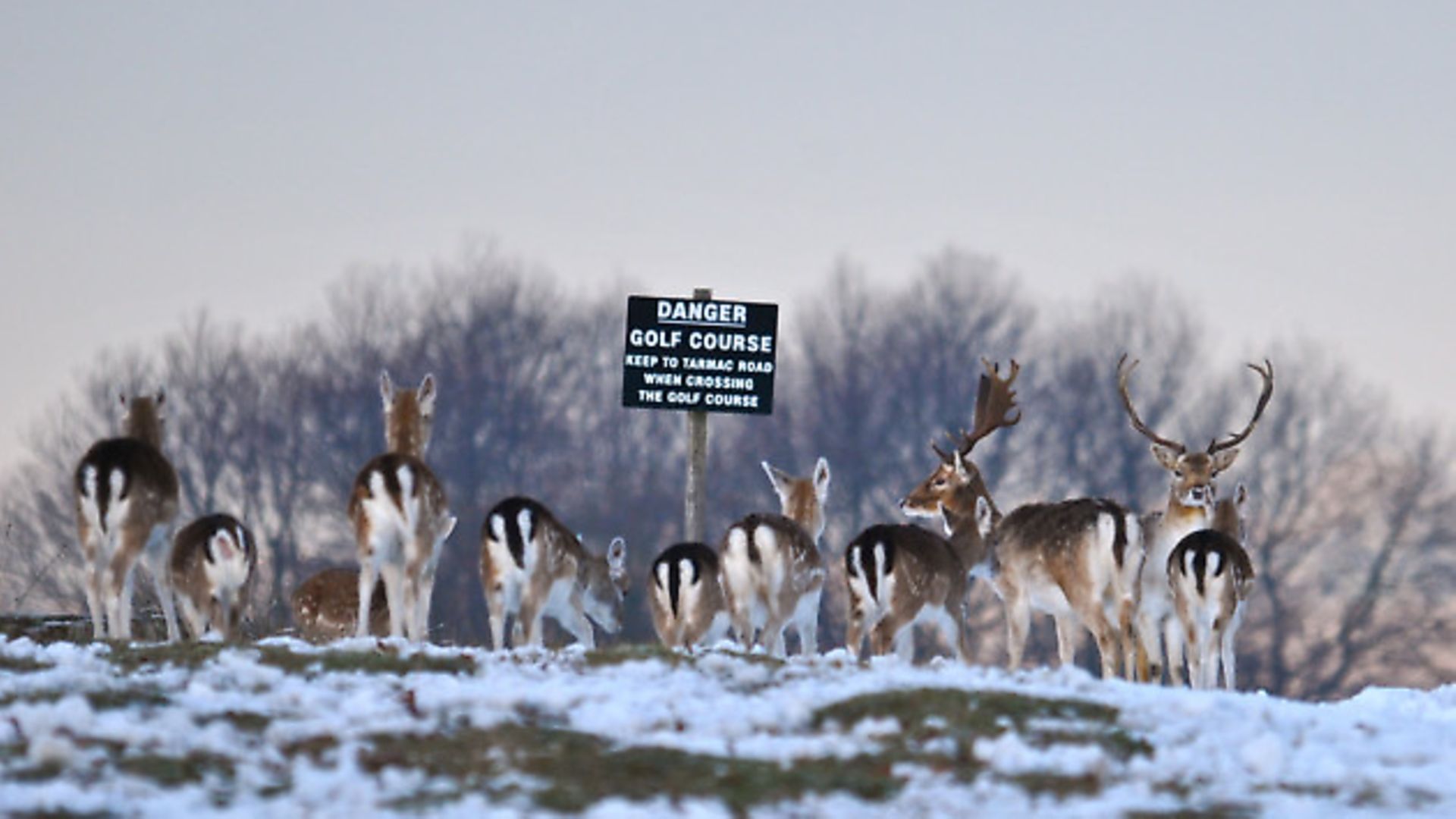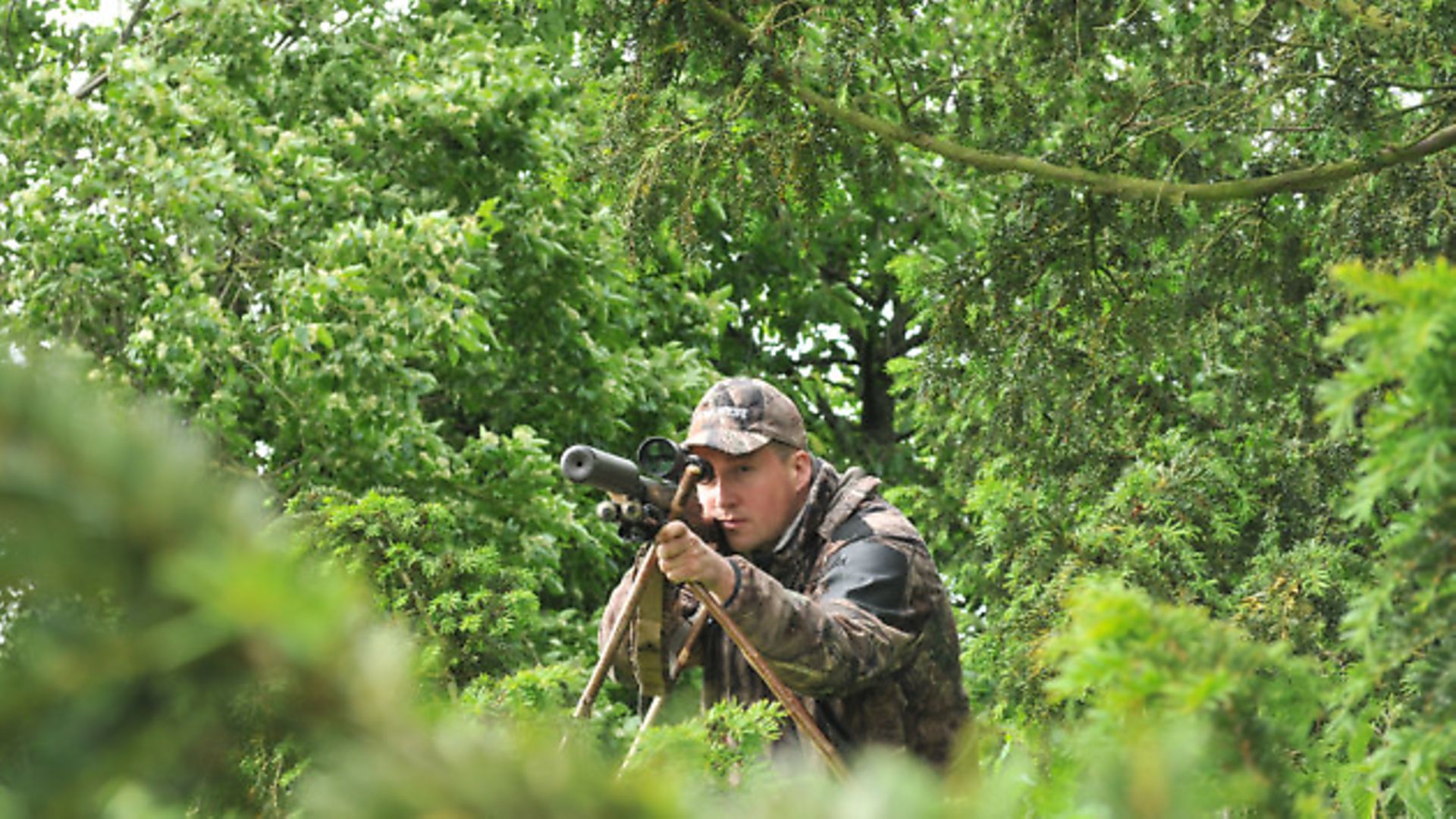What type of disturbance makes a deer change its movement and behaviour? Could this be the key to improving stalking success? Mike Allison investigates
 credit: Archant
credit: Archant
We have thought for many years that disturbance through stalking can, in some circumstances, cause significant changes in the movement patterns of deer.This is especially true where haphazard or opportunist stalking takes place. These changes can be so severe that animals can cease diurnal activity completely.
Many stalkers and deer managers spend a great deal of time watching the deer herds on their operational range; plotting where they live, rest and feed so that when it comes to stalking them with a client, the chances of selecting and shooting the chosen beast is increased. However, very often when the crucial moment arrives, the deer are nowhere to be found.
In areas where stalking pressure is moderate to high – especially when combined with regular pheasant shooting activity – stalking of deer can become more opportunistic. Deer movement patterns and spatial and habitat use can change dramatically.Add to this the highly variable weather systems we have become used to in recent years, and wild deer movements can become unpredictable.
On many occasions, deer stalkers and managers return from stalks empty handed, bewildered as to why deer-rich areas have become apparently devoid of deer.We are going to take a look at the possible reasons for unpredictable deer movements, and what deer stalkers and managers can do to help stabilise deer movement patterns.
What causes wild deer to change their behavioural patterns?
 credit: Archant
credit: Archant
Nobody really knows what goes on inside a deer’s head, or what they are likely to do next, and why they do it. As Richard Prior once wrote: ‘The only thing predictable about deer is their unpredictability.’ How very true that is.
Before we look at why deer do what they do, we need to consider that if deer were predictable with any level of accuracy, then they would probably all be dead by now. So with that in mind, self-preservation has to be one of the fundamental reasons for their variation in behavioural patterns. However, other factors will also undoubtedly influence deer movement and behaviour.
Food availability and feeding patterns
The availability, quantity and nutritional value of food will have a significant bearing on what deer do, where they go and how long they stay there.Deer will naturally seek out feed that will provide them with the highest nutrition, in the greatest volume, in the shortest possible time. As a prey species, a deer’s defence mechanism is to reduce exposure to danger to as short a time as possible.
Having said that, most stalkers with any level of experience will recall times when deer of all species have, at one time or another, spent a great deal of time grazing in front of a high seat for well over an hour, and often much longer.
There are three basic reasons for this:
1) The animal feels safe where it is, and through its own learning experiences has no reason to be concerned for its safety.
2) The animal simply hasn’t learned to associate its behaviour with any form of risk. This is more likely to occur when an animal loses its parental guidance because its mother has either been prematurely killed (e.g. through poaching or a road collision), or has been displaced in the spring.
3) There is something wrong with it – disease, malnutrition, injury or even old age in some cases will cause an animal to become lethargic or apparently complacent.
Type of food
The type of food available will have the most profound influence on deer movements, especially at times when new growth is available.In one case recently, a colleague was concerned he was seeing no deer at all on his stalking ground. So, convinced the area was being poached, he decided to lay in wait for the poachers with a TI (thermal image) unit. That night, no poachers – and no deer – were seen.
The following night, he decided to walk the entire boundary with the TI unit, and to his amazement he saw no deer at all... until, that is, he reached a field of newly grown lucerne off his boundary where he counted no less than 26 roe deer, all feeding on the same 12-acre field!
It wasn’t until the owner of the neighbouring land cut the field of lucerne that the deer resumed their normal movement patterns throughout the woodland.
Disturbance
Any more than mild disturbance on an occasional basis may well cause a dramatic change to what deer do – especially where older, wiser animals are concerned.In most cases, deer appear to be able to distinguish between incidental disturbance (where it occurs unexpectedly on the part of both animal and human), and where it occurs through a deliberate act on the part of the human (stalking).
One of the main causes of deer changing what they do is the effect of constant disturbance (be it physical, or scented) by stalkers visiting the same areas, in the same manner, day after day.This is most likely to occur when you have witnessed deer in an area on more than one occasion, and you decide to try to outwit them.
Alternatively, it can be when you have seen a trophy animal in the same area on several occasions, and you need to ensure reliability of sightings before taking a client out to shoot the animal.This is a good management tactic, provided it can be done from a distance – preferably a couple of hundred metres or so – and there is no chance of the animal detecting your scent.However, if you get right into the animal’s feeding/resting area, then the animal will become aware of your encroachment, often without you even knowing it.
Viewing the animal from a fixed point, such as a high seat, is fine but as darkness comes there is the tendency to be less careful as you get down from the high seat and make your way out of the area.In most cases, you are not aware of where the animal is, and direct disturbance or stressors in the form of noise and scent can easily cause the deer to move away. This only needs to happen once for the animal to change its behaviour. Remember that old bucks do not get old by being stupid!
Herd Social Structure
When herd structure changes then more often than not animal behaviour changes with it. Population dynamics can have a significant effect on the way animals interact with each other and with their environment.A displaced territorial buck can cause major changes to animal movements in a very short space of time, causing younger animals to be chivvied into moving around.
Neighbouring territorial animals can change their behaviour and ranging patterns in an attempt to oust the incomers. In some cases, the animal may leave the area completely, especially when he is surrounded by youngsters.Social and behavioural conflicts can severely change herd dynamics. Almost overnight, animals can become totally unpredictable.Therefore, it is worth remembering that through the removal of one key animal from a herd, social balance can be disrupted to the point where animals change their movement patterns daily.
__________________
You may also like:
Monitoring deer population using trail cameras
How to avoid ever wounding a deer
How to determine the age of deer
Trees recognise roe deer and put up a fight, scientists say
A practical guide to stalking deer in windy conditions
Population and damage assessment for deer cull plan